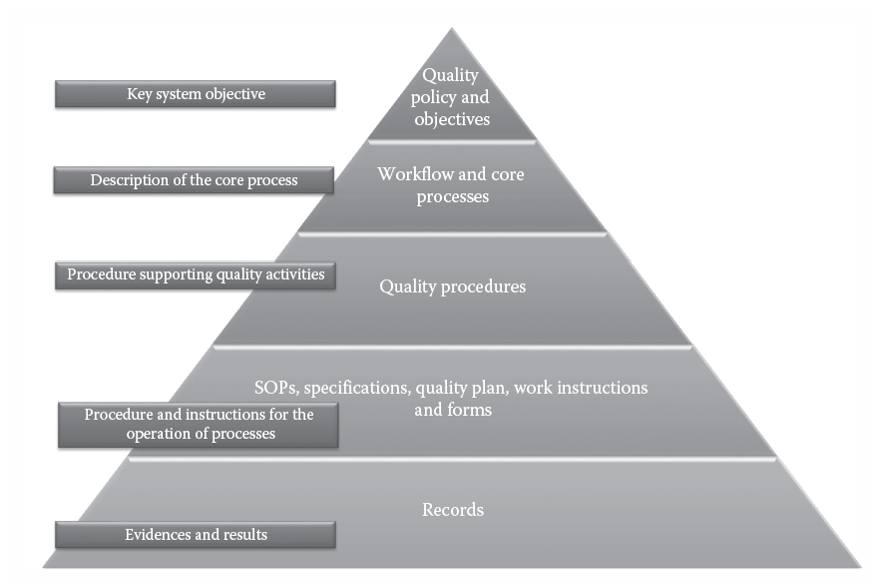Aerosols PHARMACEUTICAL DOSAGE FORMS
- Pharmaceutical Guideline

- May 22, 2021
- 3 min read
Updated: Sep 11, 2022
〈1151〉 PHARMACEUTICAL DOSAGE FORMS
This article is based on the requirement of the United State Pharmacopoeia.
Aerosols
Aerosols are dosage forms packaged under pressure and contain therapeutic agent(s) and a propellant that are released upon actuation of an appropriate valve system. Upon actuation of the valve system, the drug substance is released as a plume of fine particles or droplets. Only 1 dose is released from the preparation upon actuation of a metered valve. In the case of topical products and depending on the nature of the drug substance and the conditions being treated, actuation of the valve may result in a metered release of a controlled amount of the formulation or the continuous release of the formulation as long as the valve is depressed.
The aerosol dosage form refers only to those products packaged under pressure that release a fine mist of particles or droplets when actuated (see Glossary). Other products that produce dispersions of fine droplets or particles will be covered in subsequent sections (e.g., Powders and Sprays).
TYPICAL COMPONENTS
Typical components of aerosols are the formulation containing one or more drug substance(s) and propellant, the container, the valve, and the actuator. Each component plays a role in determining various characteristics of the emitted plume, such as droplet or particle size distribution, uniformity of delivery of the therapeutic agent, delivery rate, and plume velocity and geometry. The metering valve and actuator act in tandem to generate the plume of droplets or particles. The metering valve delivers an accurate volume of the pressurized liquid formulation from the container. The actuator directs the metered volume to a small orifice that is open to the atmosphere. Upon actuation, the formulation is forced through the opening, forming the fine mist of particles that are directed to the site of administration.
Aerosol preparations may consist of either a two-phase (gas and liquid) or a three-phase (gas, liquid, and solid or liquid) formulation. The two-phase formulation consists of drug substance(s) dissolved in liquefied propellant. Co-solvents such as alcohol may be added to enhance the solubility of the drug substance(s). Three-phase inhalation and nasal aerosol systems consist of suspended drug substance(s) in propellant(s), co-solvents, and potentially other suitable excipients. The suspension or emulsion of the finely divided drug substance is typically dispersed in the liquid propellant with the aid of suitable biocompatible surfactants or other excipients.
Propellants for aerosol formulations are typically low molecular weight hydrofluorocarbons or hydrocarbons that are liquid when constrained in the container, exhibit a suitable vapor pressure at room temperature, and are biocompatible and nonirritating. Compressed gases do not supply a constant pressure over use and typically are not used as propellants.
Metal containers can withstand the vapor pressure produced by the propellant. Excess formulation may be added to the container to ensure that the full number of labeled doses can be accurately administered. The container and closure must be able to withstand the pressures anticipated under normal use conditions as well as when the system is exposed to elevated temperatures.
TYPES OF AEROSOL DOSAGE FORMS
Aerosol dosage forms can be delivered via various routes. The container, actuator, and metering valve, as well as the formulation, are designed to target the site of administration.
Inhalation aerosols, commonly known as metered-dose inhalers (MDIs), are intended to produce fine particles or droplets for inhalation through the mouth and deposition in the pulmonary tree. The design of the delivery system is intended to release measured mass and appropriate quality of the active substance with each actuation.
Nasal aerosols, commonly known as nasal MDIs, produce fine particles or droplets for delivery through the nasal vestibule and deposition in the nasal cavity. Each actuation of the valve releases a measured mass of the drug substance with appropriate quality characteristics.
Lingual aerosols are intended to produce fine particles or droplets for deposition on the surface of the tongue. The design of the delivery system releases 1 dose with each actuation.
Topical aerosols produce fine particles or droplets for application to the skin.
LABELING FOR PROPER USE
Refer to 21 CFR §201.320 and 21 CFR §369.21.
Note: The detailed information regarding individual Official Dosage Forms in subsequent articles, Visit our website https://www.pharmaceuticalguideline.com/ regularly.













Comments